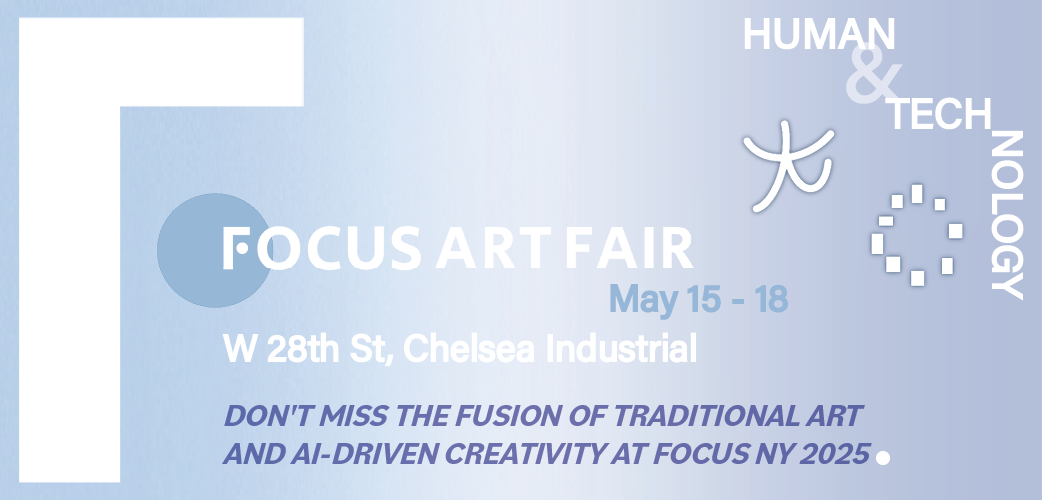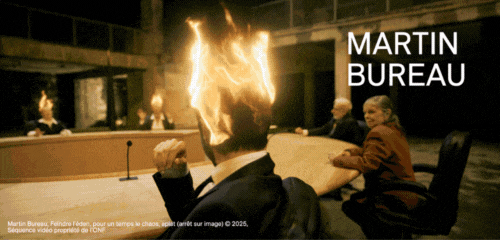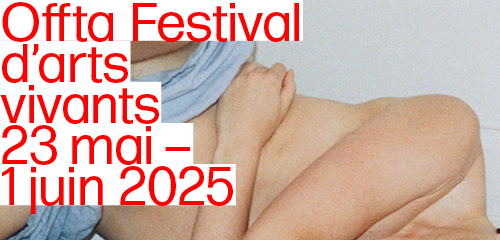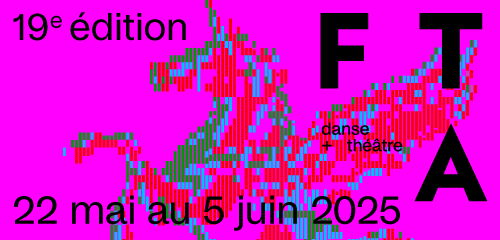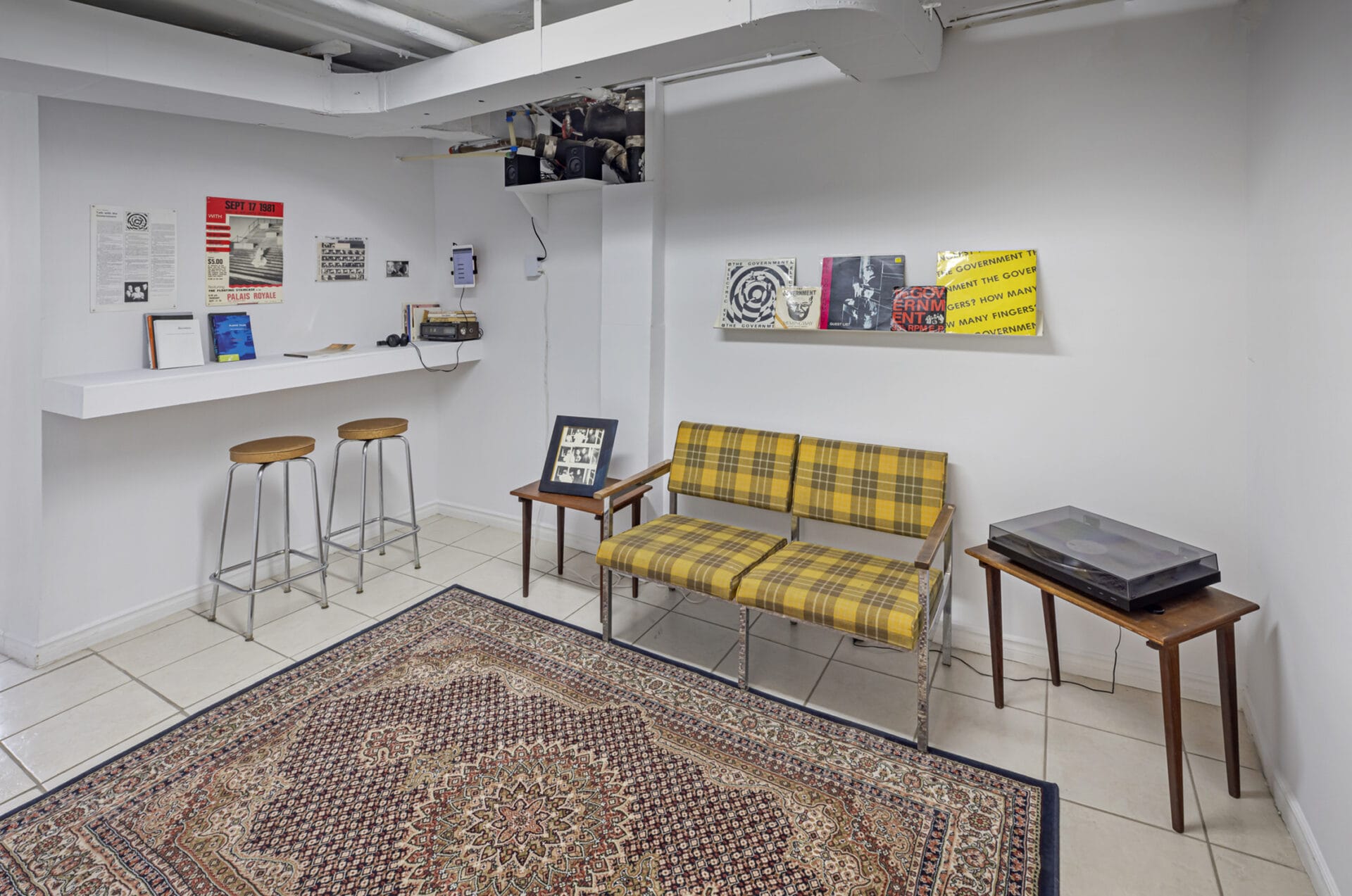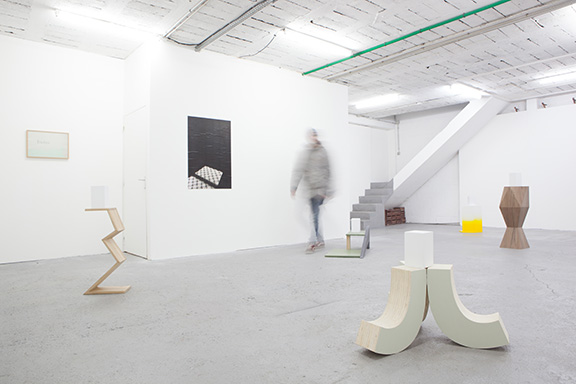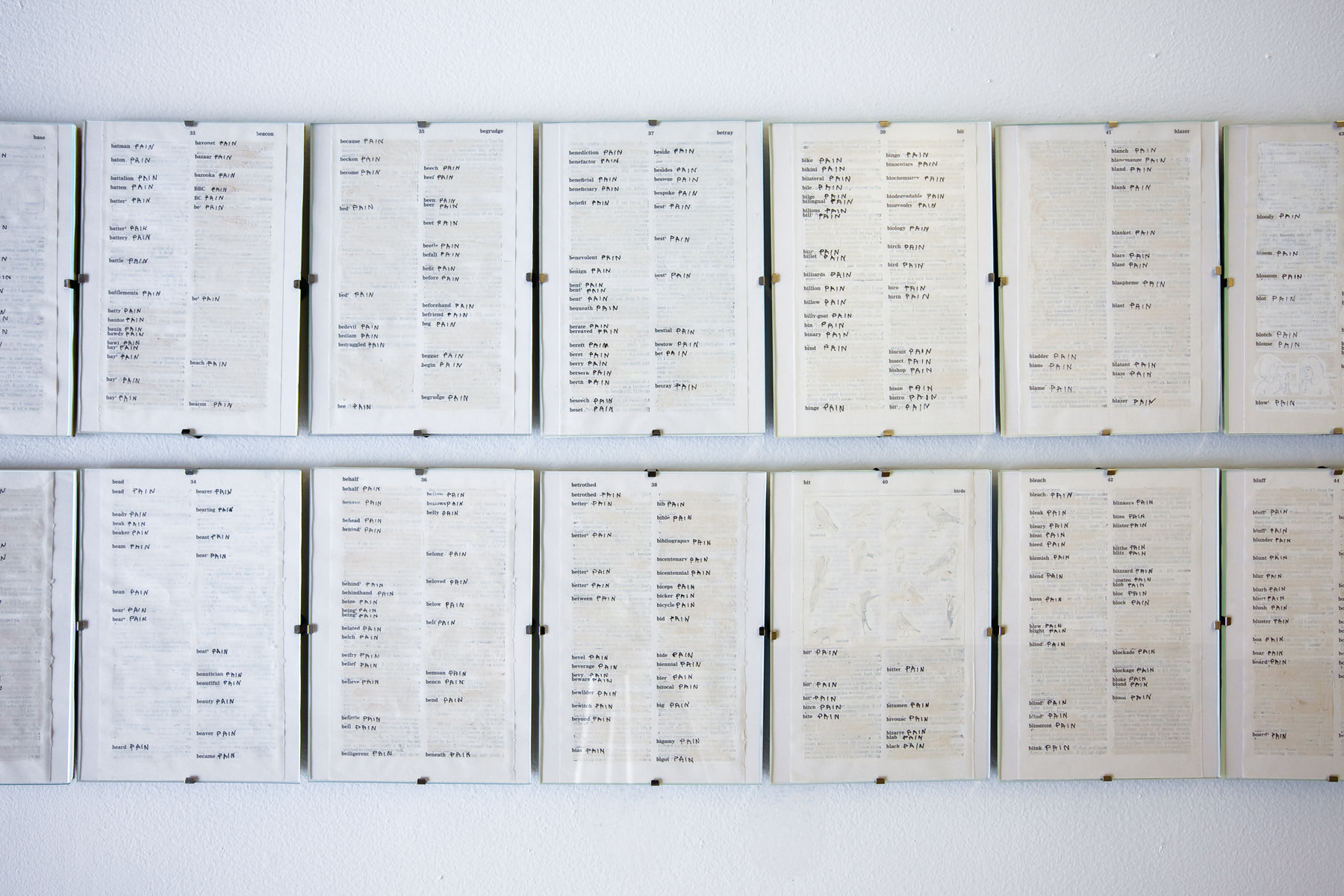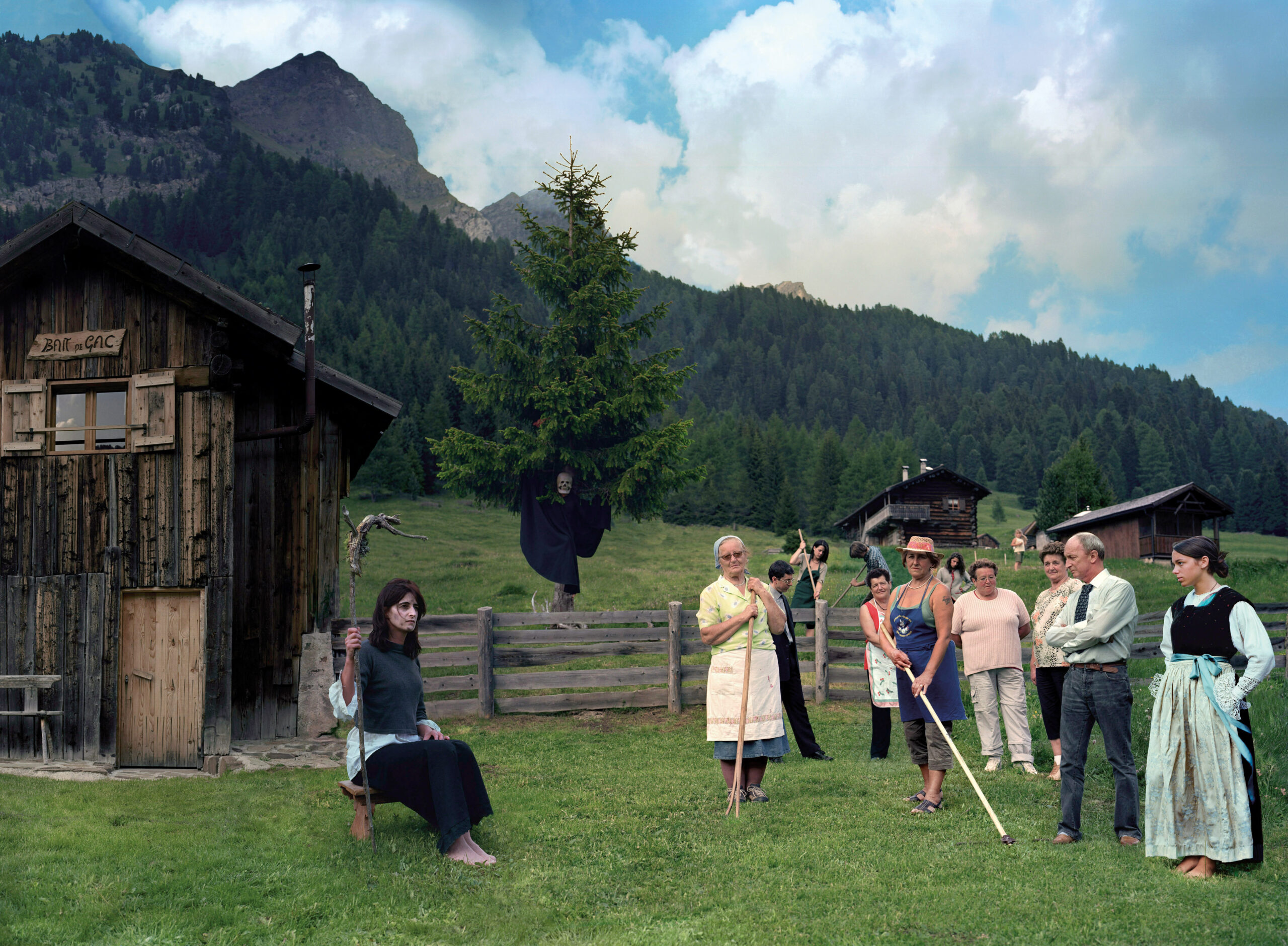
Photo : courtesy Prefix Institute of Contemporary Art, Toronto
September 23–November 27, 2010
Titled after the now-iconic 1978 disco hit by singer Cheryl Lynn (famous for its use in the 1990 documentary Paris is Burning), this group exhibition brings together three video artists whose practices test the boundaries between authenticity, performance and believability in the presentation of identity. Curated by Rose Bouthillier, To Be Real frames contemporary video-making as a kind of pseudo-sociological investigation. Rather than attempting to convey a sense of professional detachment and neutral objectivity in their studies, however, these videos seem to wink at the viewer, undermining the “realness” of the identities they present.
The exhibition opens with Althea Thauberger’s La mort e la miseria (2008), a video and photographic mural originally produced for the 17th Biennale of Sydney that documents her collaboration with residents of a village in northern Italy. Geographically isolated, the region has been characterized by its poverty but also by its residents’ continued use of Ladin, an ancient Romance language. Thauberger films the small mountain community acting out a folk tale that has come to allegorically explain their situation by recounting how Poverty agrees to banish Death from the village, resulting in overpopulation and impoverishment. The filmed recreation of the tale, subtitled in English, is at times poignant and at others laughably hokey: the narrator consults a script she keeps hidden behind her back; the performers’ outfits are a bizarre mix of present-day work clothes and elaborate, anachronistic costumes; and several set pieces seem wrong or out of place (Death is banished to an “apple tree,” which in the video is clearly a pine). Thauberger’s wide shots of the lush countryside and her larger-than-life-sized photograph of the actors lend the scenario a sense of monumentality, attesting to the strange ways that myths and role-playing shape our identities and experiences as much as we shape them.
The line between role-playing and identity continues to blur in Lars Laumann’s video Berlinmuren (2008), a 30-minute profile of a woman who identifies as object-sexual and is married to the Berlin Wall. Laumann’s grainy footage of the woman speaking about her relationship with the dozens of material objects she collects exaggerates the connection between performance, props and self-definition that resonates throughout the exhibition, but it is difficult to discern whether the artist intends for this to be a sincere ethnographic study, or an elaborate form of everyday performance art.
Helen Reed’s Twin Twin Peaks (2009) banishes any doubt about the sincerity of her subjects’ performances by engaging a group of fans to write, produce and act in a “new” episode of David Lynch’s cult television series Twin Peaks. Filmed in the series’ original set locations, and presented alongside ephemera that documents the artist’s consultation with the online community of fans, the project suggests the generative, community-forming potential of fantasy and its ability to create real-life effects.






